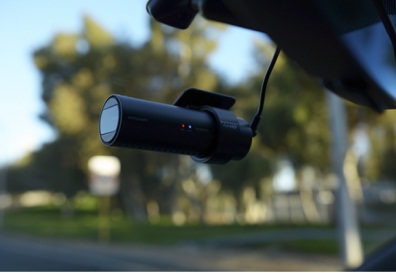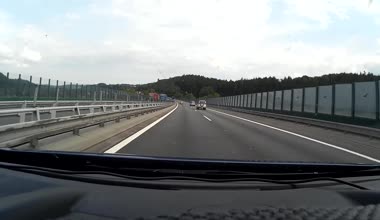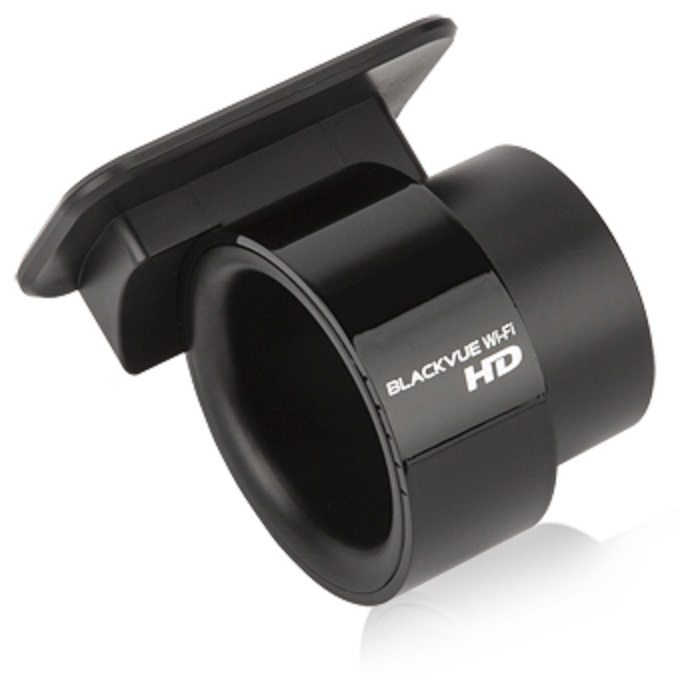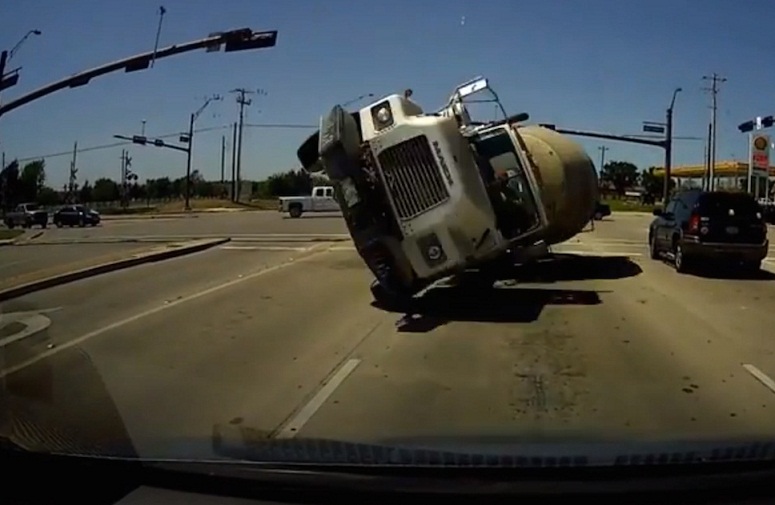 Chances are you’ve come across Dashcam footage in the past. Whether you’ve come across the growing number of user footage on sites like Youtube or have seen the various models available nowadays, the growing popularity of Dashcams cannot be denied. Dashcams are now here at Best Buy, and over the next few weeks, we here at Plug In will be taking you through learning their ins and outs. This will be a three part series. This installment is a simple Dashcam 101: What you should know. Look out for a Beginner’s Guide to Dashcams and a comparison of the ones available at Best Buy by the end of this month.
Chances are you’ve come across Dashcam footage in the past. Whether you’ve come across the growing number of user footage on sites like Youtube or have seen the various models available nowadays, the growing popularity of Dashcams cannot be denied. Dashcams are now here at Best Buy, and over the next few weeks, we here at Plug In will be taking you through learning their ins and outs. This will be a three part series. This installment is a simple Dashcam 101: What you should know. Look out for a Beginner’s Guide to Dashcams and a comparison of the ones available at Best Buy by the end of this month.
What is a Dashcam?
Dashcams are street level security (or “sousveillance”) that you mount inside the windshield area of your vehicle. They’re pretty small overall and record footage in realtime to some form of memory. The majority of dashcams you can purchase nowadays come with some form of common removable and/or expandable memory (like memory cards,) take only minutes to hook up and don’t require a lot of hands on.
Many Dashcams come with the ability to add extra information into your videos. Timecodes, location areas, GPS coordinates. You name it, and a dashcam can probably show it off.
Are Dashcams Expensive?
Not at all. In fact, with the rising popularity of dashcams, the costs to buy them have come down. A couple of years ago, I was interested in buying a dashcam for no reason other than keeping up with the technology. I was scared off by the fact that the prices I was being quoted were more than the upcoming next gen video game systems. In fact, one vendor said he’d be making me a deal selling me two (one for my wife’s vehicle as well) for $1200.
Nowadays, prices start at just under $100 and go from there.
 Why do I need a Dashcam?
Why do I need a Dashcam?
Dashcams have gathered a lot of steam for legal purposes. In Russia, for example, dashcams have become a staple of the daily drive due to insurance problems that plague the country. That’s where you see the majority of the Youtube footage single videos and compilations. Dashcams have become so common in the country, in fact, that footage of the Chelyabinsk meteor was well recorded thanks to people just driving around capturing video on their Dashcams.
While you think you may not have such a need for your dashcam, you can always use it for other purposes. Maybe you’re looking to capture a complicated drive route, or document a road trip. Maybe you have family overseas that are wondering what it’s like to drive around in snow? You can use a Dashcam for many different purposes.
Some Dashcams even come with their own additional purposes. Take this PapaGo model, for example. Not only does it come with a slide out LCD Screen and expandable memory capabilities, it can do constant surveillance and monitoring too.
Here is another Papago model that is loaded with options. It is a dashcam, but it has a wealth of safety features as well, including warnings when you are about to switch lanes dangerously (or somebody next to you is doing so) and it automatically begins to back up video evidence if it senses (through a built-in impact sensor) that you’ve been in an accident.
 How difficult is it to hook up and use a Dashcam?
How difficult is it to hook up and use a Dashcam?
Dashcams aren’t very difficult to hook up at all. In fact, if you can work a simple mount mount and plug the power source in, you’re already a qualified Dashcam installer! Pretty well all Dashcams nowadays mount in one of two ways: Suction cups or adhesives. They are simple and to the point. There aren’t usually any complicated sliding hooks or steadying devices (like gimbals) involved, nor are there a lot of breakable parts. In fact, many mounting devices are just a simple piece of plastic with its respective backing end and nothing but.
Of course, the options included with your dashcam will require more than just a quick 30 second install, but these are just your basic steps to get up and running. Most Dashcams will power on with your vehicle and begin continuous recording as soon as you’ve started your journey. If you exceed your recording space, the dashcam begins to automatically overwrite the oldest media and will continue recording from there. Since the majority of Dashcams nowadays use removable media (like SD cards,) you can simply take any important video footage over to a PC and export it before placing it back in your car. Additionally, you may want to invest in an memory card or two in case something does occur and you’re afraid your dashcam overwriting it (and don’t want to just power off your camera altogether.)
If you don’t feel comfortable installing a Dashcam yourself or want to be able to unleash all of the benefits of your new pick up and want a little help, give Geek Squad a call! Geek Squad can help you with the installation and help you understand your new Dashcam top to bottom.
What kind of Dashcam should I buy?
As I’d mentioned off the top, we’ll have a more in-depth beginner’s guide to Dashcams along with comparisons in the coming weeks, but here are a few basic things to consider when choosing the Dashcam that’s right for you:
- Budget: You don’t have to break the bank for a good introductory level Dashcam, but consider how much you’d like to spend on something like this and begin your research from there
- Recording Space: Each Dashcam has its own special features and recording capabilities. Pay attention as well to dashcams whose recording is written on media like microSD cards. That means you can expand as you see fit, or carry multiple cards to interchange on things like long road trips.
- Recording quality: Depending on your budget, you can get Dashcams that record in different video quality. It is fairly standard that even the most basic dashcam offers some form of HD recording, however, typical benchmark 1080p is not factory standard on every model and some record in 720p.
- Size: Typical dashcams aren’t much bigger than your standard GPS Device, but you’ll want to factor in the amount of real estate space you have up in your dash area, especially if you already have a GPS mounted too. Think about the shape and contours of your windshield too and how large of a device you could have without it blocking your line of sight.

Can I use another camera (like a GoPro) instead of buying a Dashcam?
Yes and no. If you are a GoPro, or other camera owner, it’s absolutely possible for you to use it as a dashcam. I mean, nothing’s stopping you from just strapping your smartphone to your windshield and recording constant video either. You’re going to run into a couple of difficulties, however, that will make getting an actual Dashcam worth it. Battery life may be a problem, as will the range in which your video is filmed. Most importantly, however, you’re likely missing some features a Dashcam can provide you, including location detection and timestamping.
If you’re in a car accident, for example, think about what sort of evidence you’d want to present for an investigation. Both will provide you the video footage you need of course, but do you want to submit a video where you’d have to prove what time and when the video was taken, or the one where it’s irrefutably hard coded into your video?
Just like you’re probably not buying an Xbox to use like it’s a Chromecast, I’d stay away from buying anything but a Dashcam to act as one.
This is where your Dashcam journey begins. Ready to take the next step? Check out the full range of Dashcams available at Best Buy and online at BestBuy.ca




After several near misses…. I went out picked up a camera for myself…. a few thoughts…
Comments are closed.